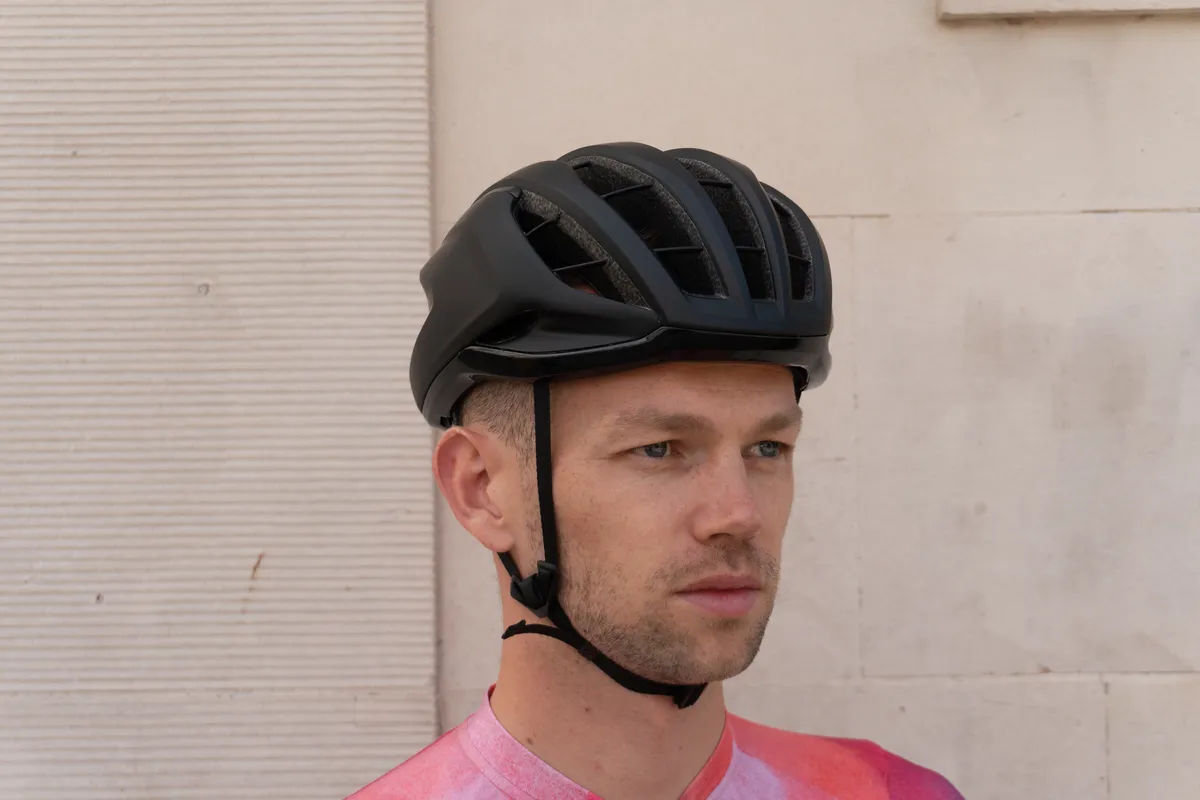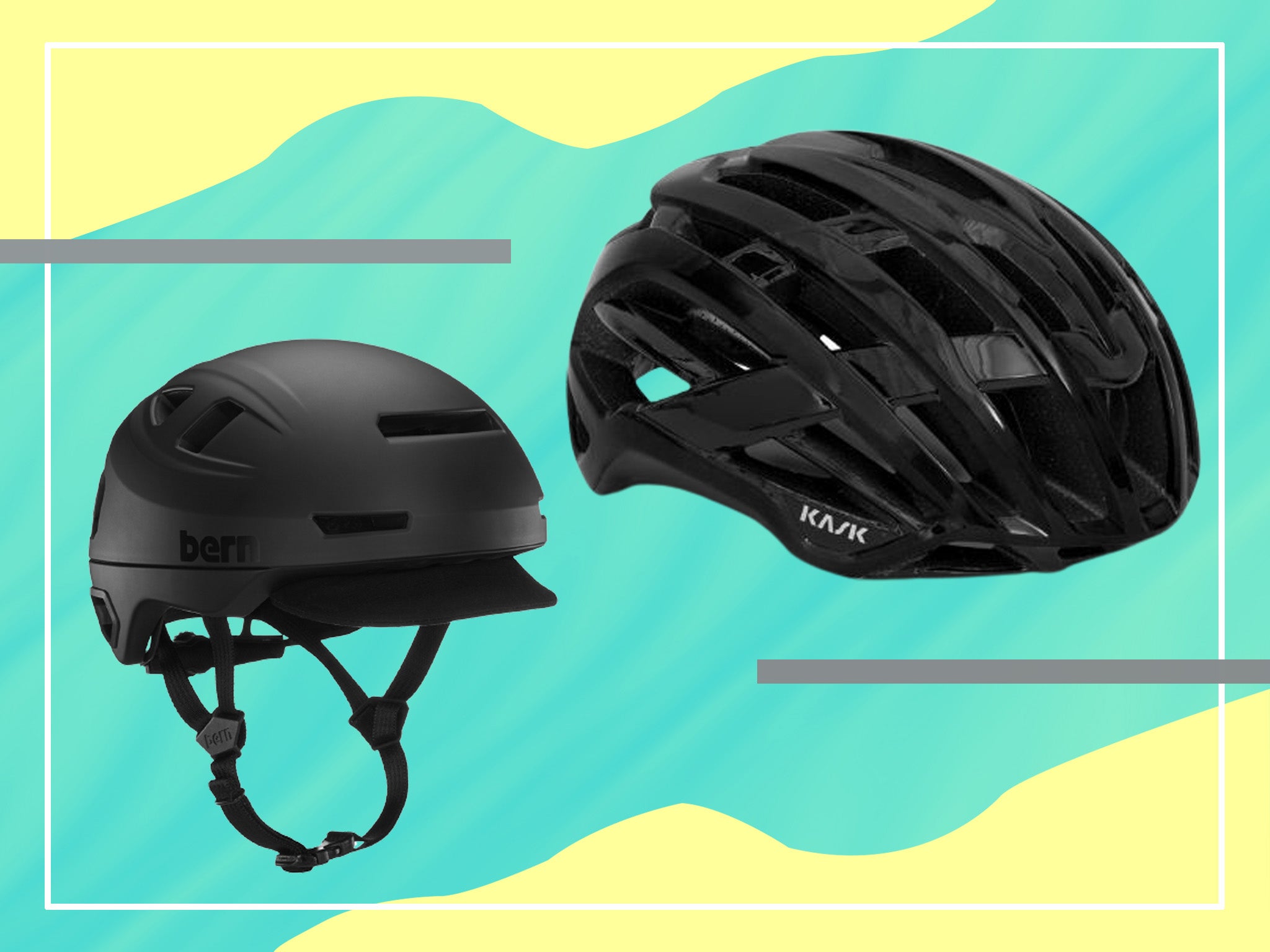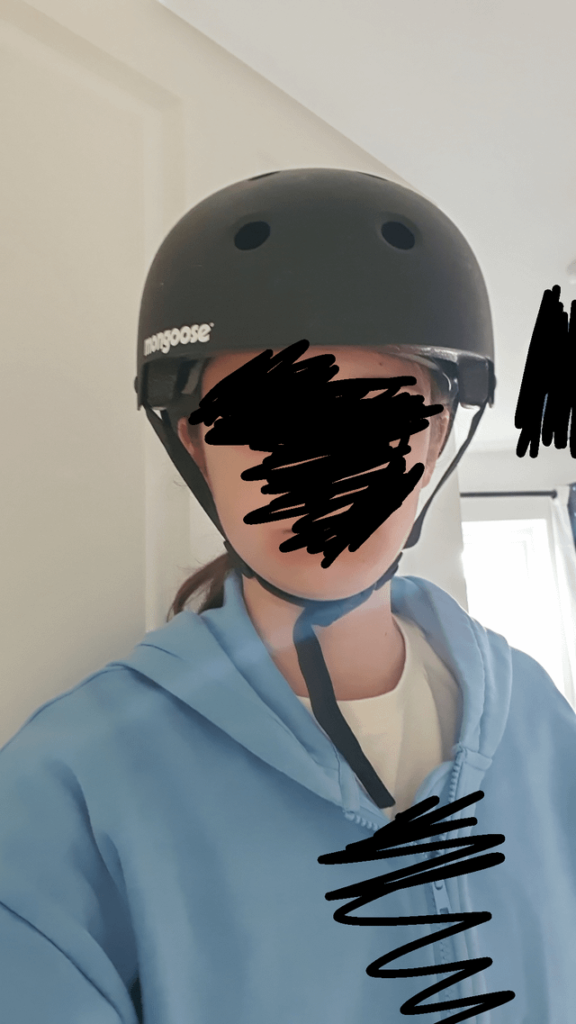Look for a bike helmet that fits snugly and meets safety standards. Comfort and ventilation are also essential factors.
A bike helmet is crucial for ensuring safety while cycling. Choosing the right helmet involves more than just picking a stylish design. The helmet should fit your head snugly without being too tight or too loose. It should meet recognized safety standards like CPSC, ASTM, or EN.
Comfort is vital, so look for helmets with ample padding and adjustable straps. Good ventilation is important to keep your head cool during rides. A well-chosen helmet can significantly reduce the risk of head injuries in accidents. Prioritizing fit, safety standards, comfort, and ventilation ensures you ride safely and comfortably.

Credit: www.bikeradar.com
Importance Of A Bike Helmet
A bike helmet is essential for every cyclist. It protects your head in accidents and meets legal requirements. Understanding its importance can save lives.
Protection In Accidents
A bike helmet offers vital protection during accidents. It reduces the impact on your head. Helmets have layers that absorb shock. This can prevent serious head injuries.
Statistics show helmets save lives. A well-fitted helmet can reduce head injury risk by 85%. Always wear your helmet properly to ensure maximum protection.
Legal Requirements
Many places have laws about bike helmets. These laws vary by location. In some areas, everyone must wear a helmet. In others, only children need helmets.
Check your local laws to stay compliant. Wearing a helmet not only keeps you safe but also avoids fines. Follow the rules and encourage others to do the same.
Safety Standards
When buying a bike helmet, safety standards are very important. They ensure your helmet can protect you in an accident. Look for key features that show your helmet meets these standards.
Certification Labels
Check for certification labels inside the helmet. These labels show the helmet meets safety rules. Common labels include:
- CPSC (Consumer Product Safety Commission) – U.S. standard
- EN 1078 – European standard
- AS/NZS 2063 – Australian/New Zealand standard
These labels mean the helmet has passed many tests and is safe to use.
Impact Testing
Impact testing ensures the helmet can handle crashes. Look for helmets tested for:
- Linear Impact – Checks helmet strength when hit straight-on
- Rotational Impact – Tests helmet in twisting motions
These tests show how well the helmet can protect your head during a fall.
| Test Type | Purpose |
|---|---|
| Linear Impact | Measures direct hit resistance |
| Rotational Impact | Assesses twist and turn protection |
Always choose a helmet that passes both tests. This ensures maximum safety.
Helmet Materials
Choosing the right bike helmet is crucial for safety. The materials used in a helmet play a big role in its effectiveness. This section will focus on the two main parts of a helmet: the outer shell and the inner liner.
Outer Shell
The outer shell is the first line of defense. It protects the head from impacts. Most bike helmets use materials like polycarbonate or fiberglass for the shell. Polycarbonate is lightweight and durable. It can absorb impact well. Fiberglass is also strong and offers excellent protection. Some high-end helmets use carbon fiber. Carbon fiber is lightweight and very strong, but it is more expensive.
Inner Liner
The inner liner is crucial for absorbing shocks. It is usually made from expanded polystyrene (EPS) foam. EPS foam is lightweight and compresses upon impact. This helps to reduce the force on the head. Some helmets use a material called expanded polypropylene (EPP). EPP foam is more durable and can withstand multiple impacts. Another material used is multi-density foam. This offers better protection by using layers of different densities.
Here is a quick comparison of the common materials used:
| Material | Properties |
|---|---|
| Polycarbonate | Lightweight, Durable, Absorbs Impact |
| Fiberglass | Strong, Excellent Protection |
| Carbon Fiber | Very Strong, Lightweight, Expensive |
| EPS Foam | Lightweight, Compresses on Impact |
| EPP Foam | Durable, Withstands Multiple Impacts |
| Multi-Density Foam | Better Protection, Layers of Different Densities |
Fit And Comfort
Choosing the right bike helmet is crucial for safety. The fit and comfort of the helmet play a significant role. A well-fitting helmet ensures better protection. Comfort encourages regular use and longer rides.
Adjustable Straps
Adjustable straps are essential for a snug fit. Look for helmets with easy-to-adjust straps. These straps should secure the helmet on your head without slipping. Ensure the chin strap forms a “V” shape under your ears. This positioning provides optimal stability and comfort. Most modern helmets have quick-release buckles. These make it easy to put on and take off the helmet.
Padding And Ventilation
Padding inside the helmet enhances comfort. Soft, breathable pads reduce pressure points. They also absorb sweat, keeping you cool. Removable and washable pads are a bonus. You can clean them regularly for hygiene.
Ventilation is another crucial factor. Helmets with multiple vents allow air circulation. This keeps your head cool during long rides. The combination of padding and ventilation ensures a comfortable experience.
| Feature | Benefit |
|---|---|
| Adjustable Straps | Ensures a secure, custom fit |
| Padding | Enhances comfort and absorbs sweat |
| Ventilation | Keeps the head cool during rides |
By focusing on fit and comfort, you can find the perfect bike helmet. This ensures safety and enjoyment on every ride.
Weight Considerations
Choosing the right bike helmet is crucial for safety and comfort. One of the key factors to consider is the weight of the helmet. A lighter helmet can enhance your biking experience by reducing strain on your neck and shoulders.
Lightweight Materials
Modern bike helmets use advanced materials to stay light and strong. Common materials include polycarbonate and EPS foam. Polycarbonate is light and shatterproof. EPS foam absorbs impact during a crash. These materials make helmets light and safe.
Balance And Stability
A balanced helmet distributes weight evenly on your head. This balance prevents neck strain and ensures comfort during long rides.
Helmets with adjustable straps and padding offer better stability. Properly fitting helmets stay secure, even on bumpy roads.
| Helmet Type | Weight Range (grams) |
|---|---|
| Road Bike Helmets | 200-300 |
| Mountain Bike Helmets | 300-400 |
| Commuter Helmets | 250-350 |
- Look for helmets weighing less than 400 grams.
- Avoid overly heavy helmets; they can cause discomfort.

Credit: www.independent.co.uk
Style And Design
Choosing a bike helmet is more than just safety. The style and design matter too. They make you feel good and look good while riding. Let’s explore some key style aspects.
Color Options
Bike helmets come in many color options. Bright colors like neon yellow and orange are popular. They make you more visible to others. Some prefer classic colors like black, white, or gray. These go with any outfit.
Here is a simple table of popular color choices:
| Color | Visibility |
|---|---|
| Neon Yellow | High |
| Black | Low |
| White | Moderate |
Consider your riding environment. Choose a color that suits your needs.
Aerodynamic Shapes
Bike helmets now have aerodynamic shapes. These shapes reduce air resistance. They help you ride faster with less effort. Many racing cyclists choose these helmets.
Here are some benefits of aerodynamic shapes:
- Reduces drag
- Improves speed
- Enhances performance
Look for helmets with smooth surfaces and fewer vents. These designs are more aerodynamic.
Consider both style and function. A good design can boost your confidence and performance.
Additional Features
Choosing the right bike helmet is essential for safety. Beyond basic protection, many helmets offer additional features that enhance comfort, convenience, and visibility. These features can make your riding experience more enjoyable and secure.
Visors And Shields
Visors and shields provide extra protection from the sun, rain, and debris. A visor can help keep the sun out of your eyes. This is especially useful on bright days. Shields offer more coverage and act like sunglasses. They protect your eyes from wind and dust. Some helmets have detachable visors and shields. This allows you to customize your helmet based on your needs.
Integrated Lights
Integrated lights improve visibility in low-light conditions. These lights are built into the helmet. They help others see you on the road. Some helmets have front and rear lights. This ensures you are visible from all angles. Look for helmets with rechargeable lights. They are eco-friendly and cost-effective. Flashing modes can grab more attention. This adds an extra layer of safety during night rides.
| Feature | Benefit |
|---|---|
| Visors | Shields from sun and rain |
| Shields | Protects eyes from wind and debris |
| Integrated Lights | Enhances visibility in low light |
| Rechargeable Lights | Eco-friendly and cost-effective |
Considering these additional features can improve your safety and comfort. Choose wisely to enhance your biking experience.
Price Vs. Value
Choosing the right bike helmet often boils down to price vs. value. You want a helmet that protects you without breaking the bank. The cost of a helmet can vary, and so can its features.
Budget Options
Budget options are perfect for those who ride occasionally. They offer basic protection at an affordable price.
- Affordable: Budget helmets cost less than $50.
- Basic Protection: These helmets meet minimum safety standards.
- Limited Features: Expect fewer ventilation holes and basic materials.
| Feature | Budget Helmet |
|---|---|
| Cost | Under $50 |
| Weight | Heavier |
| Ventilation | Fewer vents |
Premium Models
Premium models cater to serious cyclists. They offer advanced protection and comfort.
- High Cost: Prices range from $100 to $300.
- Advanced Safety: Better materials and construction.
- Extra Features: More vents, adjustable fit, and better padding.
| Feature | Premium Helmet |
|---|---|
| Cost | $100 – $300 |
| Weight | Lighter |
| Ventilation | More vents |
Maintenance Tips
Proper maintenance is crucial to keep your bike helmet in top condition. Regular care ensures safety and longevity. Here are some essential tips to maintain your helmet.
Cleaning Instructions
Clean your bike helmet regularly. Start by removing the inner padding. Hand wash the padding with mild soap and water. Rinse thoroughly and let it air dry.
For the helmet shell, use a soft cloth with mild soap. Avoid harsh chemicals that can weaken the helmet material. Gently wipe the exterior and rinse with water. Allow it to air dry completely.
| Part | Cleaning Method | Frequency |
|---|---|---|
| Padding | Hand wash with mild soap | Monthly |
| Shell | Wipe with soft cloth and mild soap | Weekly |
When To Replace
Knowing when to replace your helmet is vital. Replace it immediately after any significant impact. Even if there are no visible damages, the inner structure could be compromised.
Helmets also have a lifespan. Generally, replace your helmet every five years. Over time, materials degrade and lose effectiveness. Check the manufacturer’s guidelines for specific recommendations.
- Inspect for cracks or dents regularly.
- Replace after any impact.
- Follow the manufacturer’s replacement guidelines.
Maintaining your bike helmet ensures safety and extends its life. Regular cleaning and timely replacement keep you protected on every ride.

Credit: www.reddit.com
Frequently Asked Questions
What Is The Importance Of A Bike Helmet?
A bike helmet protects your head during accidents. It reduces the risk of serious injury. Always wear a helmet for safety.
How Should A Bike Helmet Fit?
A bike helmet should fit snugly. It should sit level on your head. The straps should form a V under your ears.
What Materials Are Bike Helmets Made From?
Bike helmets are made from EPS foam and polycarbonate shells. These materials absorb impact. They ensure durability and safety.
How Often Should I Replace My Bike Helmet?
Replace your bike helmet every 3-5 years. Replace it immediately after a crash. Wear and tear reduces its effectiveness.
Conclusion
Choosing the right bike helmet is crucial for safety and comfort. Prioritize fit, ventilation, and certifications. Consider additional features like visors and adjustability. Investing in a quality helmet ensures protection during rides. Always remember, safety first. Happy cycling!
